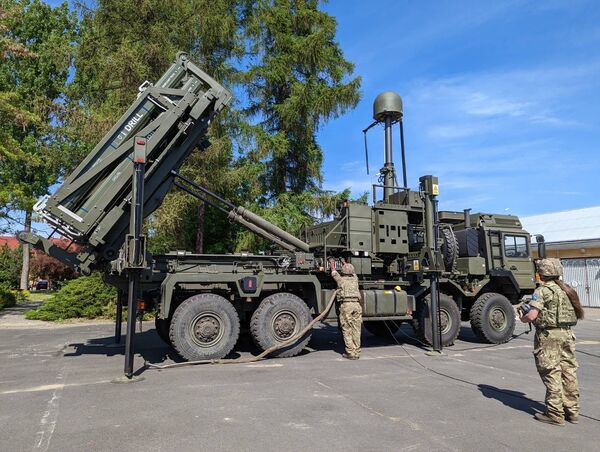
The British Army's Sky Sabre air-defence system has been deployed to Poland to defend against air and missile attacks by Russia. (Crown copyright)
The UK is stepping up efforts to deliver an integrated air and missile defence approach to protect itself “against attack from the skies, both overseas and at home”, according to the Defence Command Paper 2023 (DCP23) refresh published on 18 July. The DCP23 described these threats as “at its most acute for over 30 years – as evidenced in the war in Ukraine”.
The UK Royal Air Force will take the lead in this effort, promoting the use of airborne, ground-, sea-, and space-based sensors, and air and missile capabilities, including counter-unmanned aircraft systems (UASs), “to detect, protect and defend the UK”, according to the DCP23.
In addition to the UK's maritime Sea Viper Evolution ballistic missile defence (BMD) and London's commitment of a BMD radar to protect NATO, the UK is exploring air and missile defence co-operation with allies. During the parliamentary debate on the DCP23 on 18 July, UK Secretary of State for Defence Ben Wallace explained, “We are doing that across NATO, integrated with NATO, and working with the Germans and the French ... Last month, we started to examine what Europe and NATO need to have the right integrated air defence to protect its territory.”
He outlined UK investments in air defence, “We have started investing in the extended-range missile for the Type 45 [destroyer], we have started increasing the number of batteries of our GBAD [ground-based air defence], and we have managed to export our GBAD to Poland in a GBP2 billion (USD2.6 billion) export deal.”
Looking to read the full article?
Gain unlimited access to Janes news and more...







